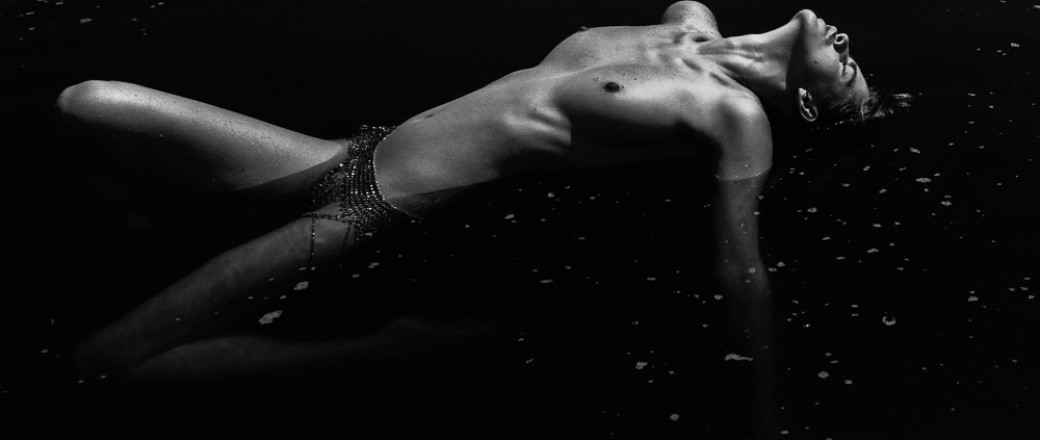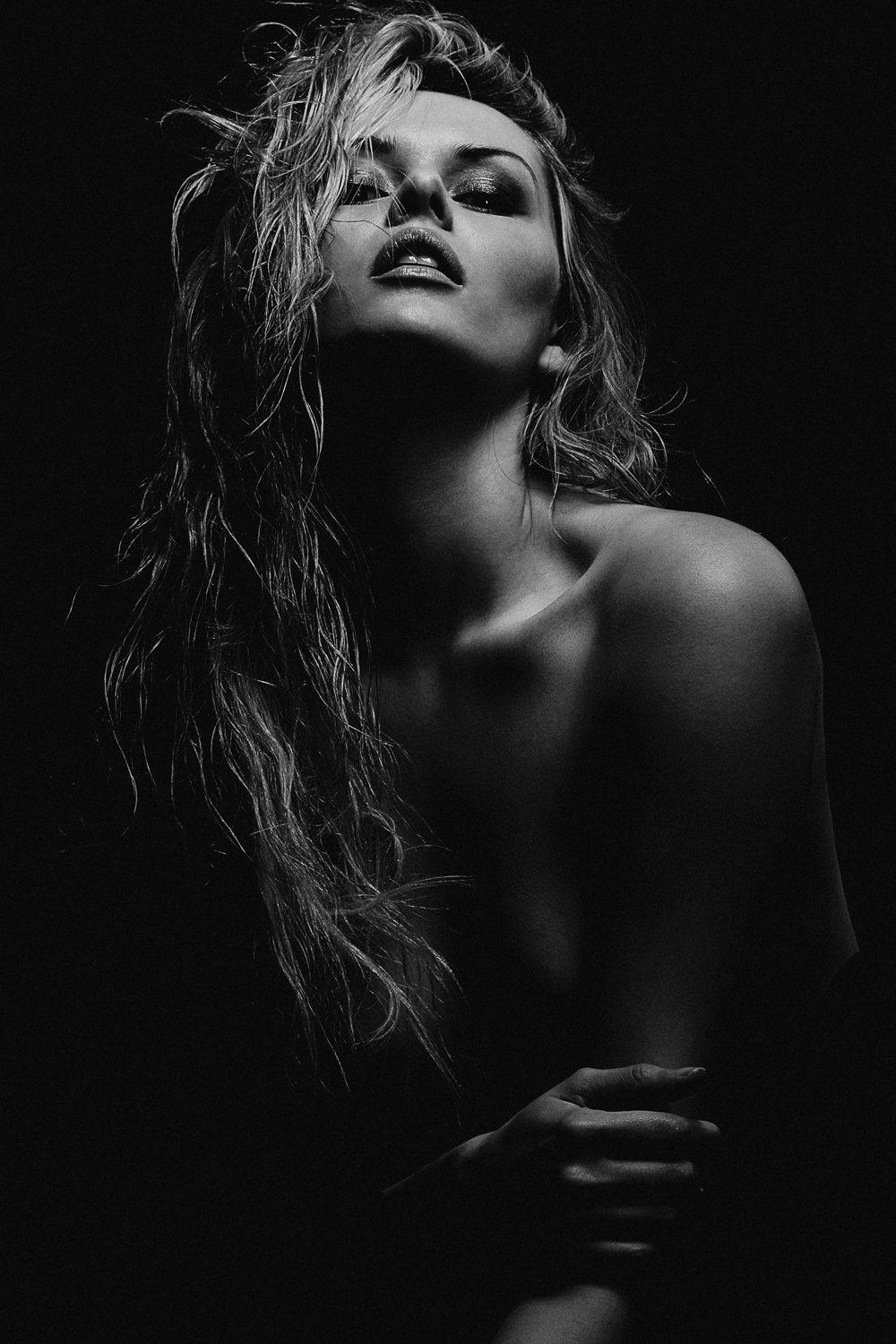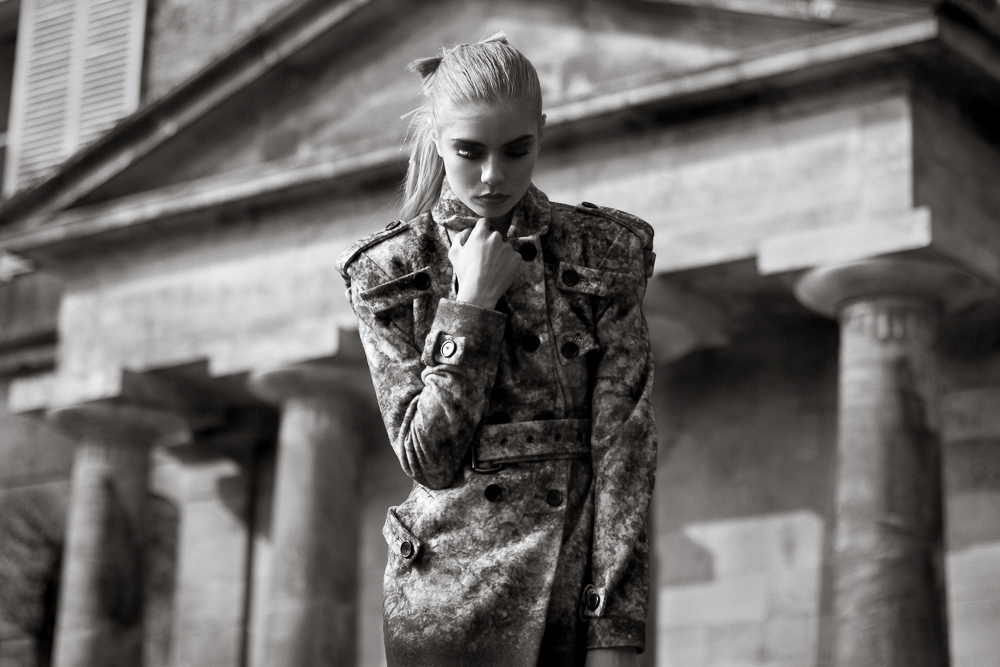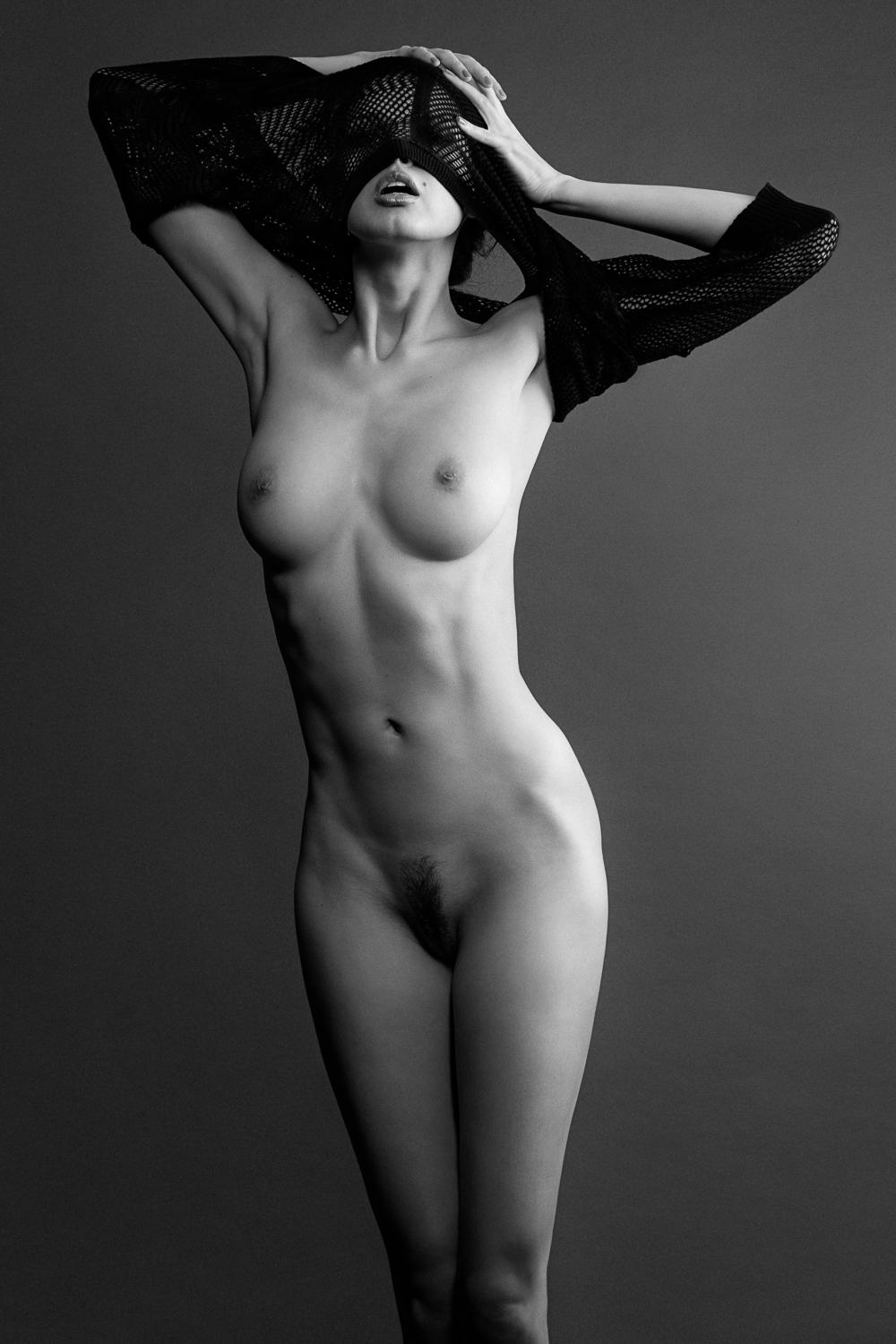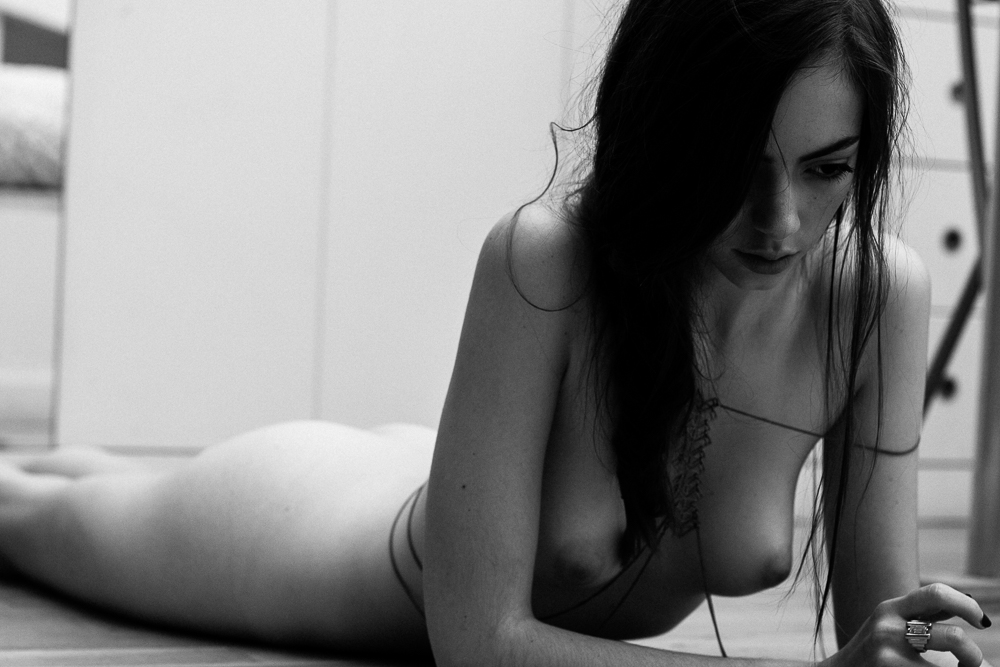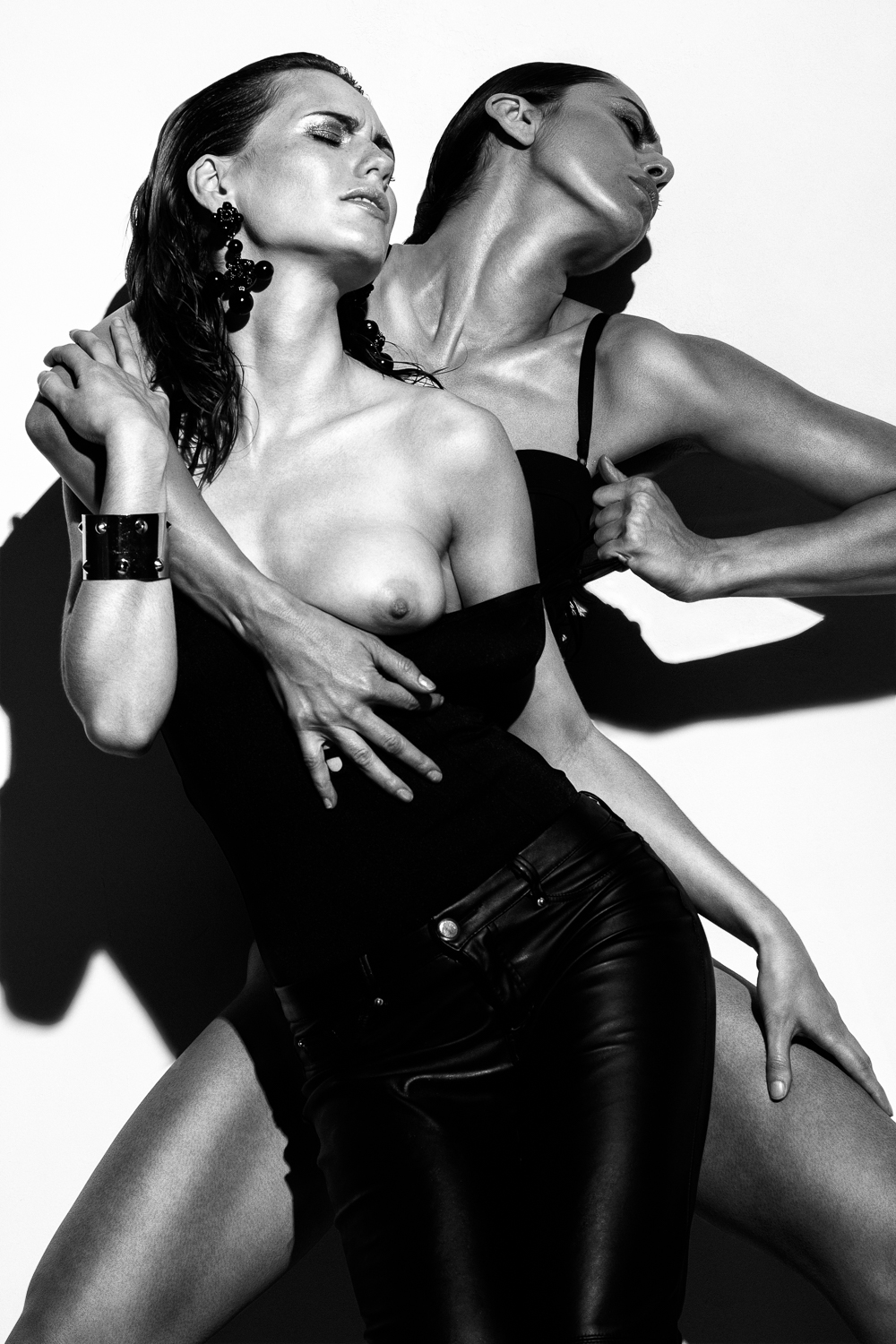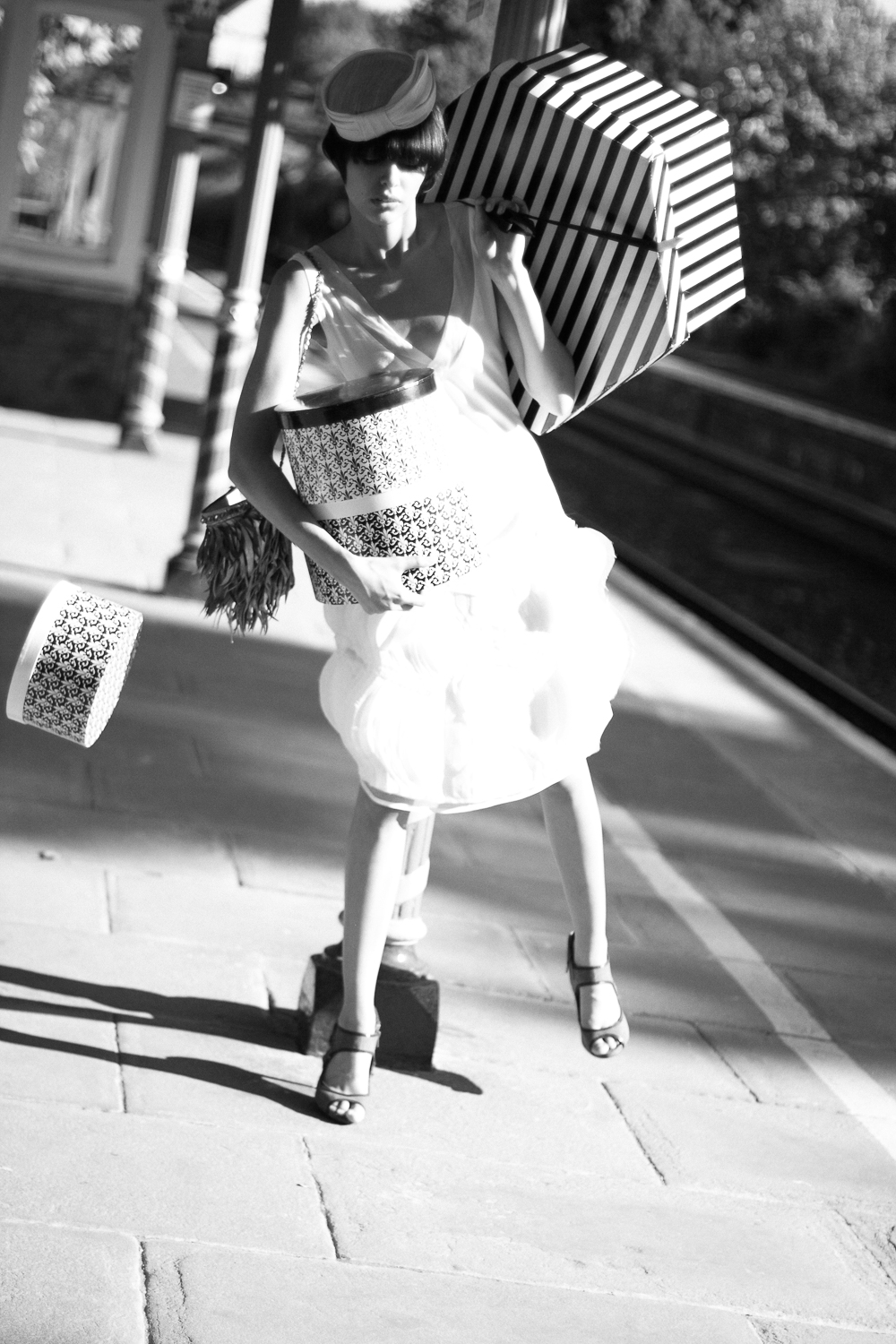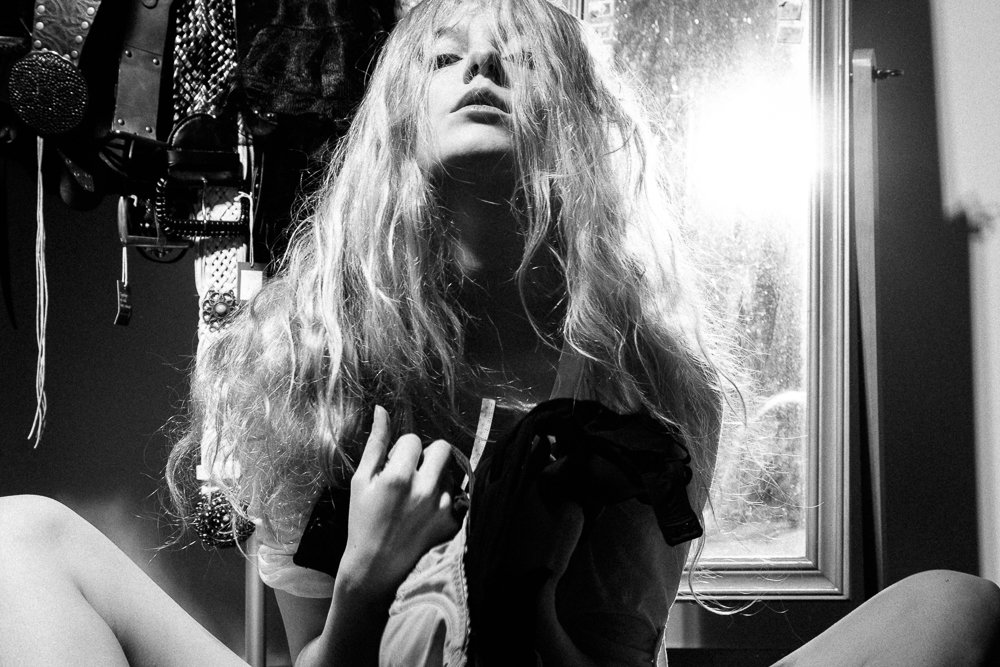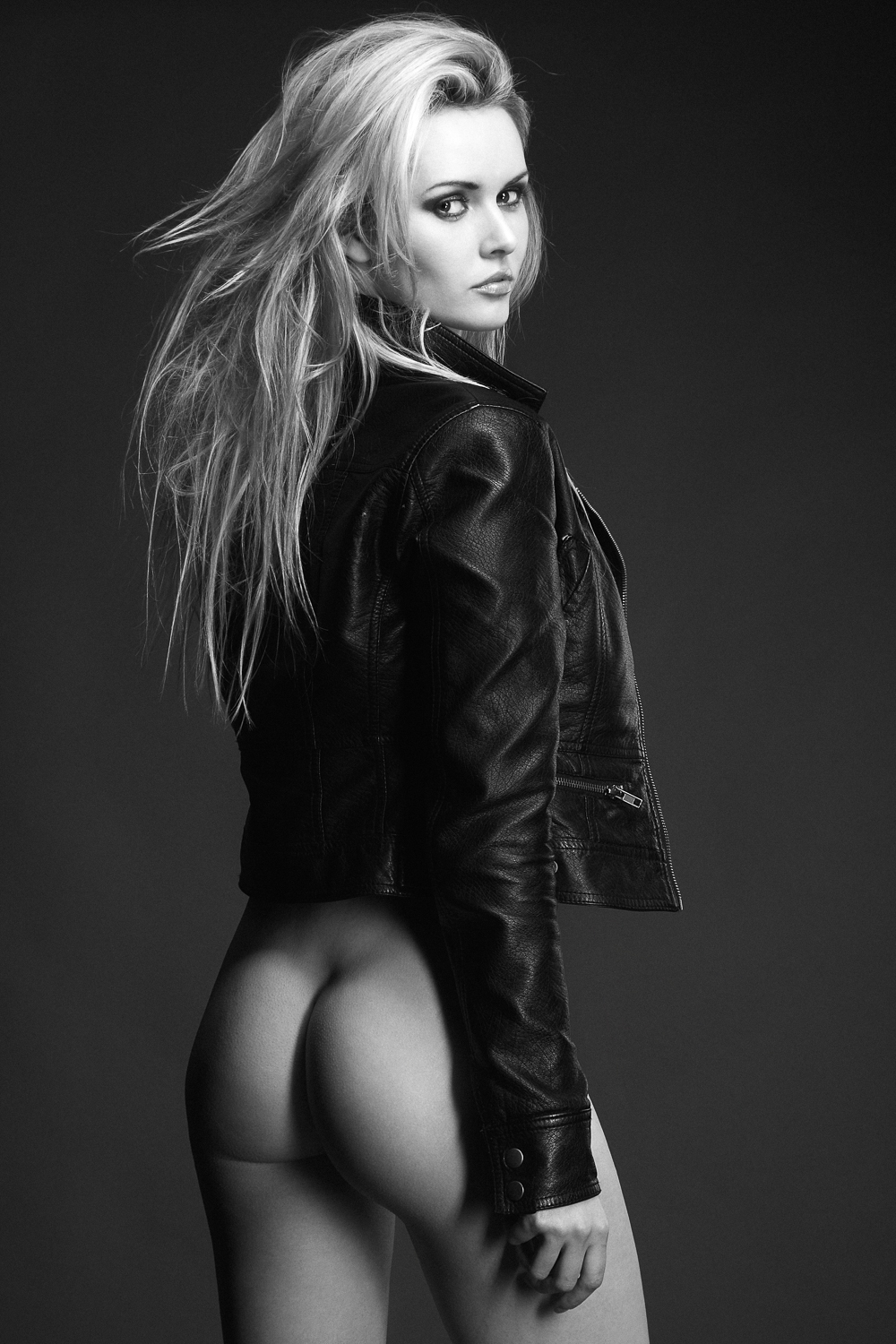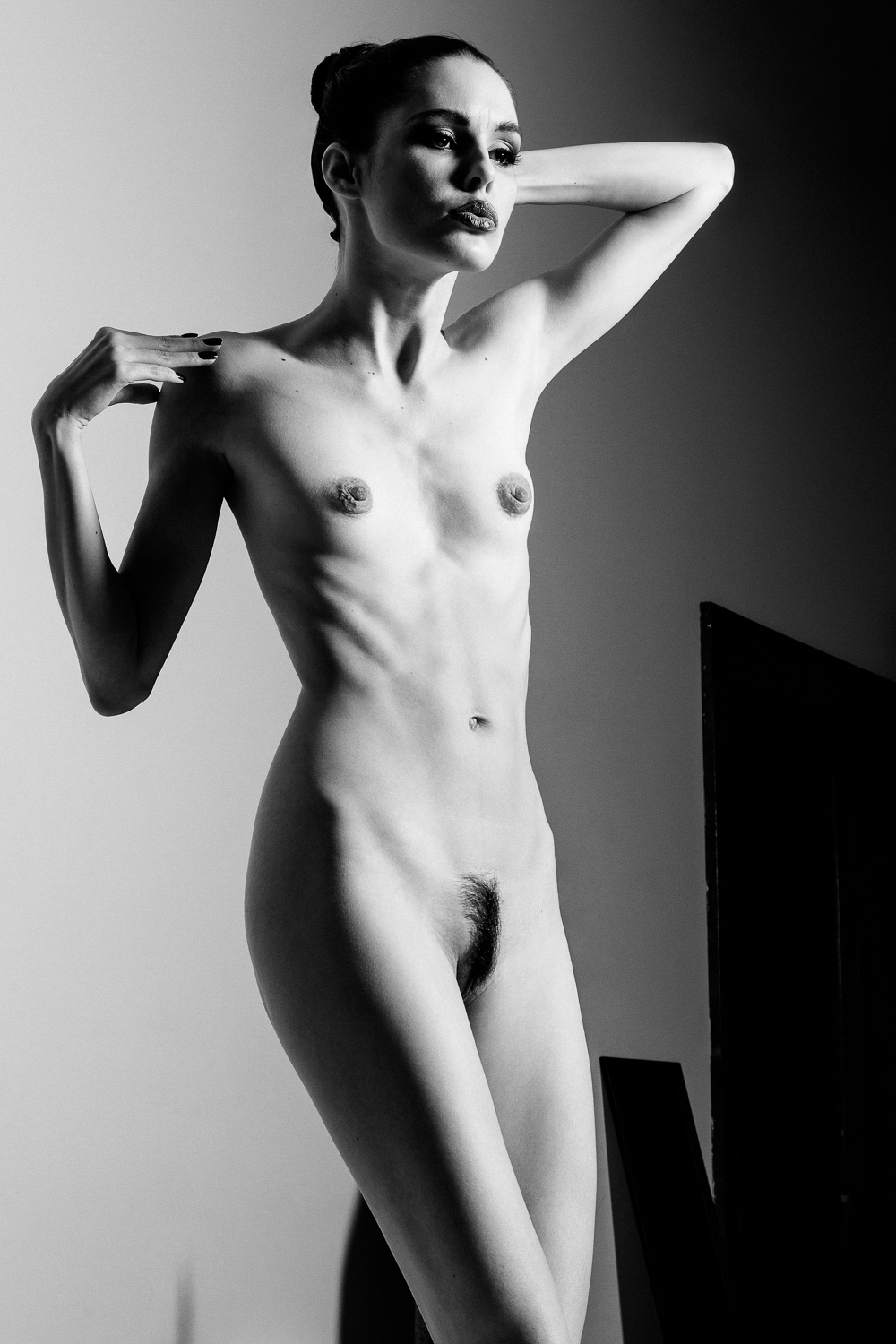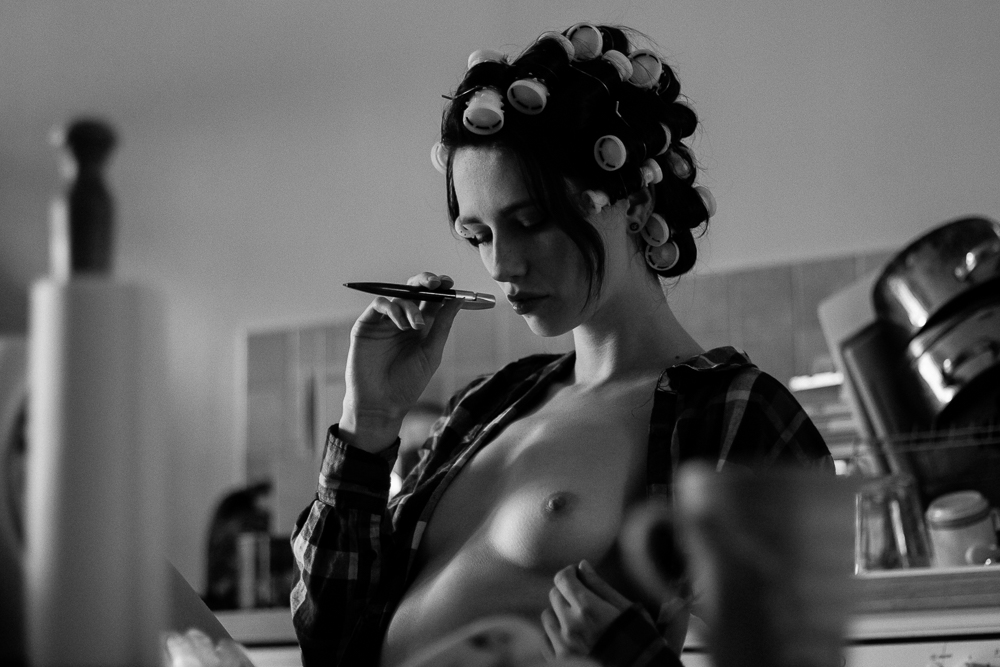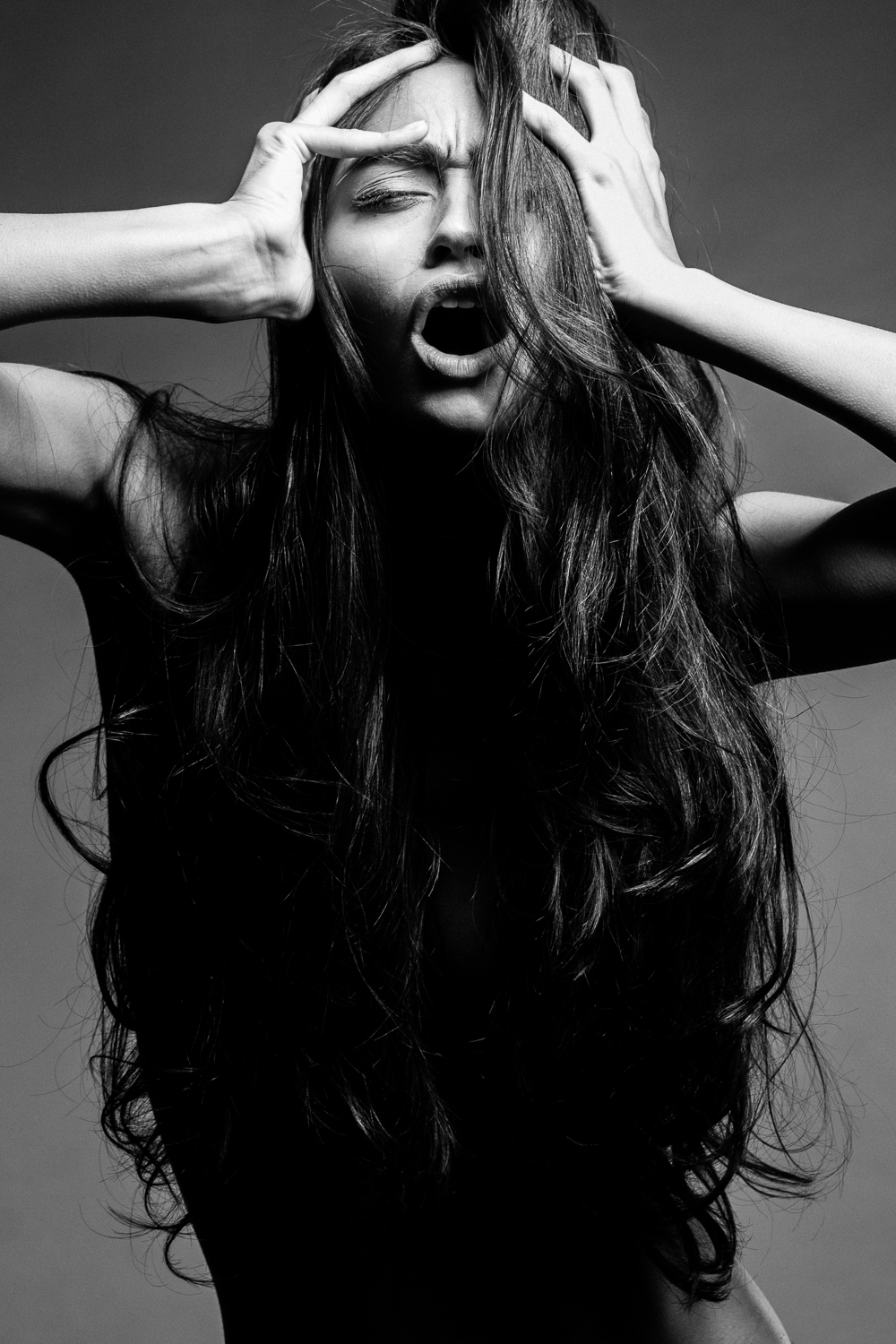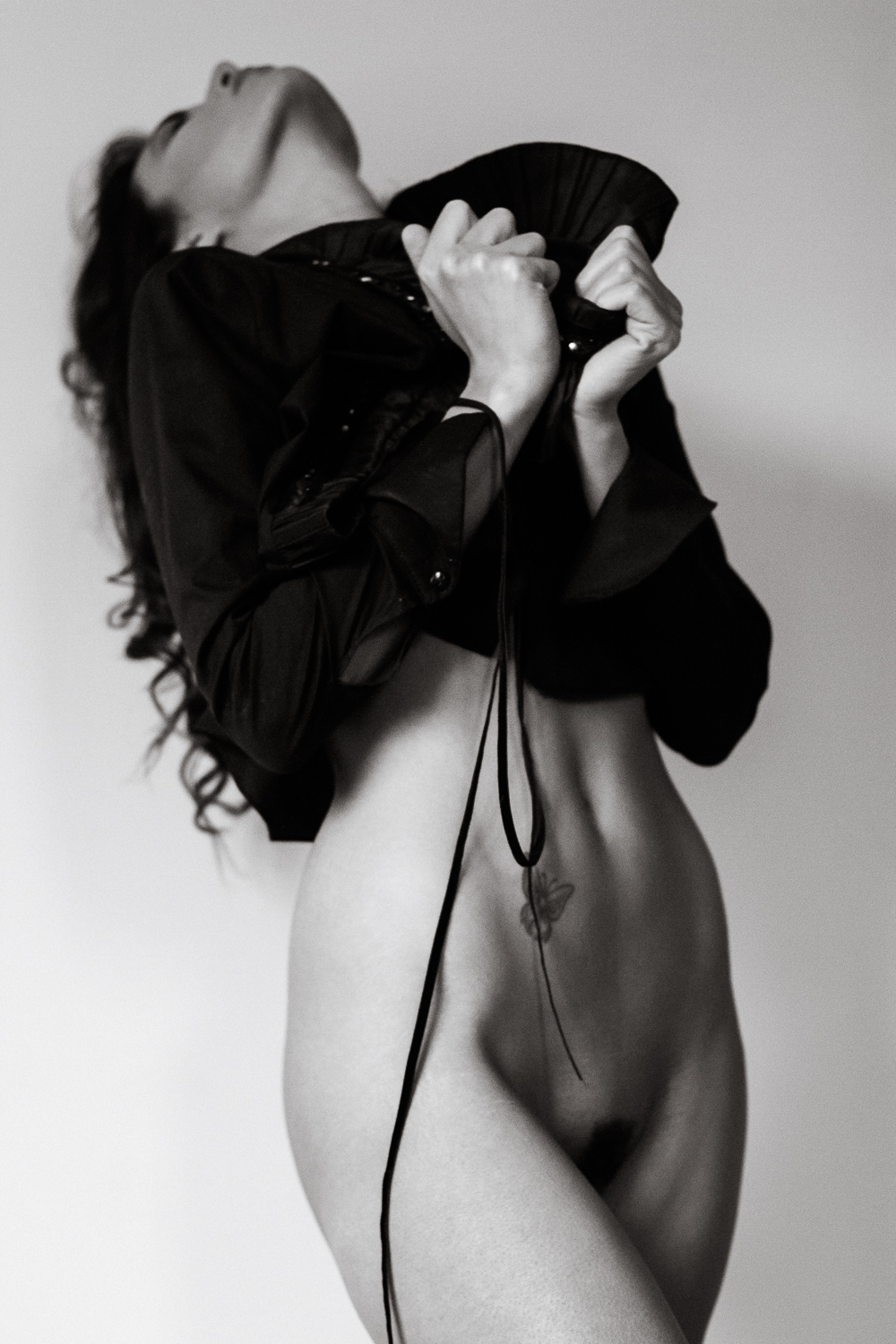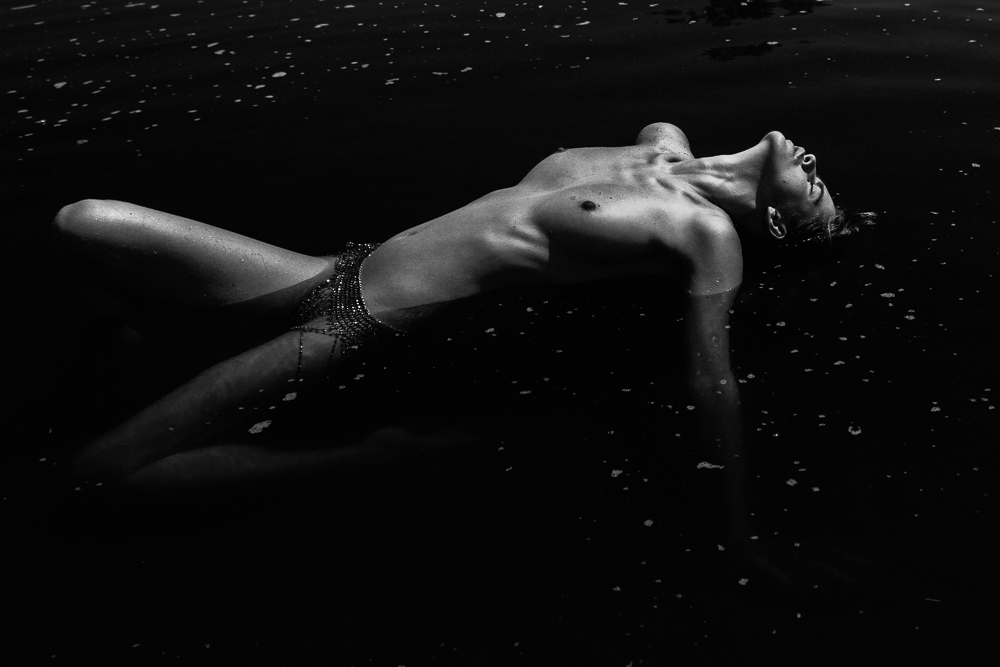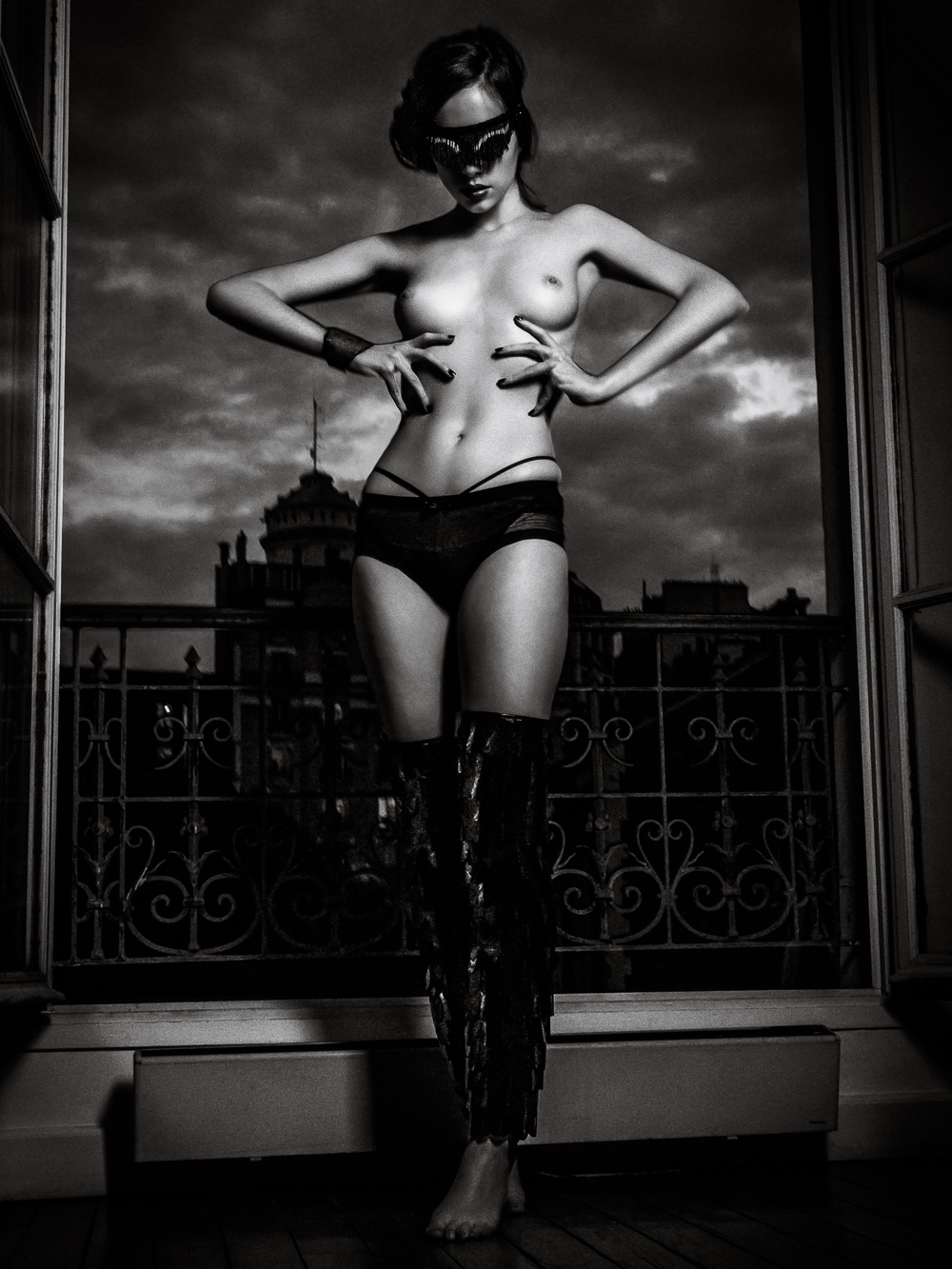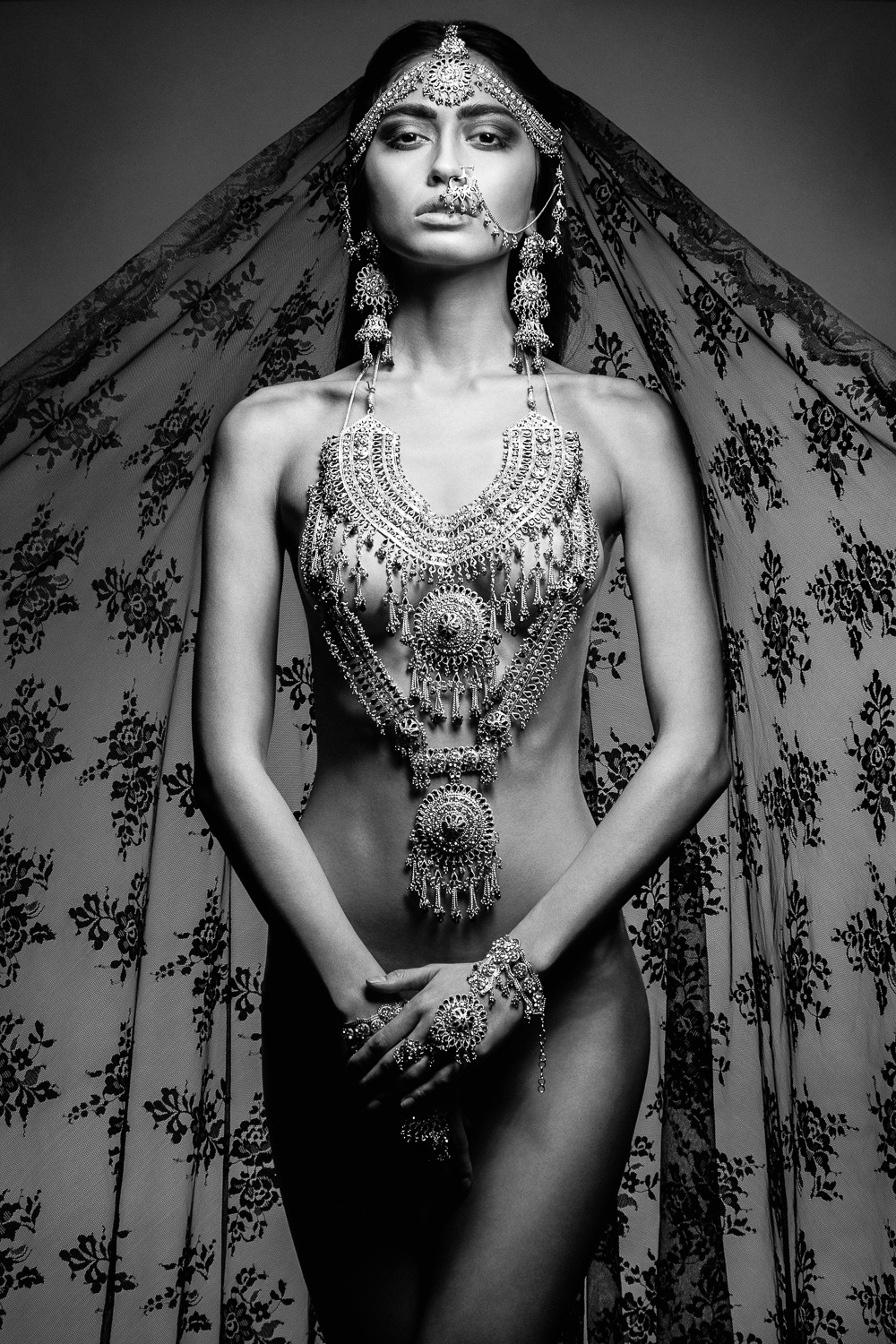First inspired by the timeless portraits of Hollywood greats such as Rita Hayworth, Greta Garbo and Marilyn Monroe, Stefano first began photographing women at the age of 13. After a short diversion into travel and landscape photography in his late teens Stefano returned to his first passion, editorial fashion, in 2007.
Although a convert to digital and a strong supporter of its benefits, Stefano prefers to keep his use of photoshop to a minimum and often publishes entirely un-retouched work in the belief that passion and connection with the subject is the most important aspect of any photograph. As he says, “When you photograph a woman you’re capturing a moment in her life and you can’t fake that with any software.”
– How and when did you become interested in photography?
I first became aware of photography as a child watching my father taking photos on family vacations. His dedication to finding the right light and viewpoint was fascinating to me and impressed on me from an early age that as a photographer you have a great deal of control over the image simply by where you stand to take it. I first started taking photos of my own around the age of 13 for a photography module as part of the Art curriculum at school. I was immediately hooked on both the process and the opportunities it gave me to capture moments in the lives of my contemporaries. I think I first started taking photos specifically of women and girls around the age of 15 after being extremely impressed by the iconic B&W images of Greta Garbo and other Hollywood stars of the 30s,40s and 50s. I began to notice and take an interest in fashion photography shortly thereafter and I remember being particularly struck by the power of some famous B&W images by David Bailey.
– Is there any artist/photographer who inspired your art?
Pretty much all of the iconic B&W portrait and fashion photographers really, but especially Hurrell, Bailey, Newton, Avedon and others who primarily photographed women. I also particularly love the work of Henri Cartier-Bresson for its timelessness and his ability to capture seemingly ‘fleeting’ moments with images that perfectly encapsulate a place, a time or an emotion.
– Why do you work in black and white rather than colour?
I mostly work in B&W because for me colour tends to be a distraction and I feel that photography, at its simplest and most fundamental level, is about light and shade, shapes, form, emotion and movement. I have no objection to colour and I do publish some editorials in colour because, sometimes, I think it works better than B&W for a particular story. However, for individual images, I very rarely use colour these days as I feel that a strong B&W image is more powerful and, hopefully, more memorable too.
– How much preparation do you put into taking a photograph/series of photographs?
I’m not a gear-head; for me a camera is simply a tool and as long as it does what I need it to then I don’t care how it works or how much it costs. I used to shoot film in my early days – of course – but I now shoot exclusively digital as I like the immediacy of results and the control that a RAW file and a tool like Lightroom gives over the final image. I rarely use Photoshop, preferring instead to concentrate on the B&W conversion in Lightroom, where I will also make any needed corrections such as removal of spots etc.. It’s too easy to spend hours in Photoshop and end up with something so far away from the original that it hardly looks like what you actually shot! That’s not for me; I’d prefer my images to have some flaws than to be more a figment of my imagination than a reflection of reality.
I’m also not a big planner. I don’t like sets, complex ‘themes’ or anything that appears too obviously contrived. For me, immediacy, emotional connection and impact are the most important things in an image and for that, when shooting models, what you need more than anything is a good model and a good connection with her. When I shoot editorials, of course I work with a team of people, and as such there has to be some degree of planning, so a mood-board will generally be used to convey to everybody the kind of feel and look we’re going for. But this is very much about a general ‘feel’ only; the actual images are never planned out individually as I prefer to work with the model and the light and see what we can create together. I should add also, that I find music to be an invaluable tool in setting the right mood for a shoot or series of photos and will choose the music carefully beforehand to ensure that the right ‘vibe’ is present in the studio while we’re actually shooting.
– Where is your photography going? What projects would you like to accomplish?
I want to be published more and to get to the point where people are calling me to shoot advertising campaigns because they love my work, not because I will do it cheaper than somebody else! I would also like to be remembered as a photographer who photographed women in a way that made them feel strong and empowered rather than simply as passive objects of beauty.
Website: www.stefanobrunesci.com

